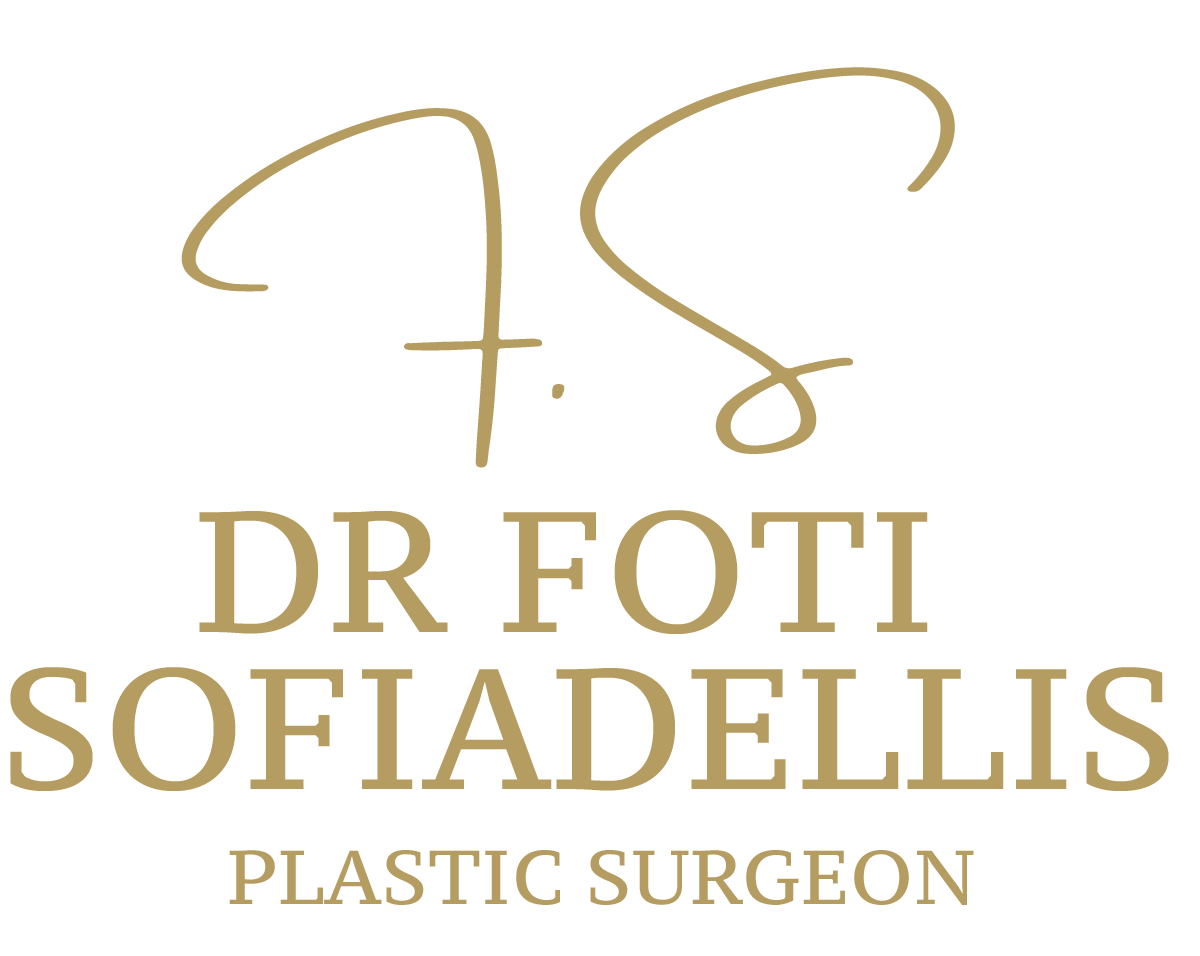How is a Deep Plane Facelift Performed?
Procedure Details
A deep plane facelift is a sophisticated and advanced surgical technique designed to provide a natural and long-lasting rejuvenation of the face. This procedure focuses on repositioning the deeper facial tissues rather than just tightening the skin, which leads to more natural and durable results.
Incisions
The incisions for a deep plane facelift are strategically placed to minimize visible scarring and ensure optimal access to the underlying facial structures. Typically, the incisions are made:
- Around the Ears: Starting in the hairline at the temples, continuing around the ear, and ending in the lower scalp. This placement allows for the scars to be hidden within the natural creases and hairline.
- Under the Chin: In some cases, a small incision may be made under the chin to address the neck area more effectively.
These incisions provide access to the deeper layers of facial tissue, allowing the surgeon to perform the necessary adjustments.
Tissue Lifting
The key difference between a deep plane facelift and a traditional facelift lies in the handling of the deeper tissues. The deep plane facelift involves:
- Lifting the SMAS Layer: The Superficial Musculoaponeurotic System (SMAS) is a layer of tissue that covers the deeper structures of the face and neck. The surgeon carefully lifts and repositions this layer to provide a more youthful contour.
- Releasing Ligaments: By releasing specific facial ligaments, the surgeon can reposition the skin and deeper tissues without creating undue tension. This step is crucial for achieving natural-looking results.
- Repositioning Fat and Muscles: The fat pads and muscles of the face are repositioned to their youthful locations, restoring volume and contours to areas that have sagged over time.
This meticulous approach allows for a comprehensive rejuvenation of the face, addressing sagging cheeks, jowls, and neck.
How is a Deep Plane Facelift Performed?: What to Expect
During the Procedure
A deep plane facelift is typically performed under general anesthesia or intravenous sedation. The procedure can take several hours, depending on the extent of the corrections needed. During the surgery:
- Preparation: The face is cleaned, and the incisions are marked.
- Anesthesia: The patient is administered anesthesia to ensure comfort throughout the procedure.
- Incisions and Dissection: The surgeon makes the incisions and carefully lifts the skin and SMAS layer.
- Repositioning: The deeper tissues are repositioned, and excess skin is trimmed away.
- Closure: The incisions are meticulously closed with sutures, and dressings are applied.
Post-Procedure Care
Recovery from a deep plane facelift requires careful post-operative care to ensure optimal healing and results. Here are some key aspects of post-procedure care:
- Initial Recovery: Patients typically experience swelling, bruising, and discomfort for the first few days. Pain medication and antibiotics may be prescribed to manage discomfort and prevent infection.
- Head Elevation: Keeping the head elevated, even during sleep, helps reduce swelling.
- Follow-Up Visits: Regular follow-up visits with the surgeon are essential to monitor healing and remove any sutures.
- Activity Restrictions: Patients should avoid strenuous activities and heavy lifting for several weeks. Gentle walking is encouraged to promote circulation.
- Skincare: Proper skincare, including moisturizing and sun protection, is crucial for maintaining the results.
Full recovery can take several weeks to months, with the final results becoming more apparent as the swelling subsides and the tissues settle into their new positions.
A deep plane facelift offers significant and lasting rejuvenation, making it a popular choice for those seeking comprehensive facial rejuvenation. By addressing the deeper layers of tissue, this procedure provides natural-looking results that stand the test of time.
Deep Plane Facelift Melbourne: Comprehensive Guide




